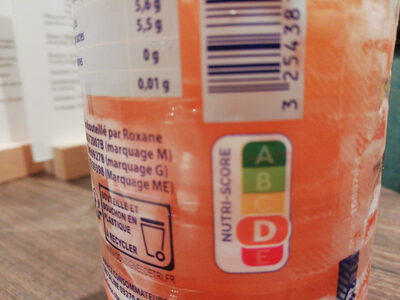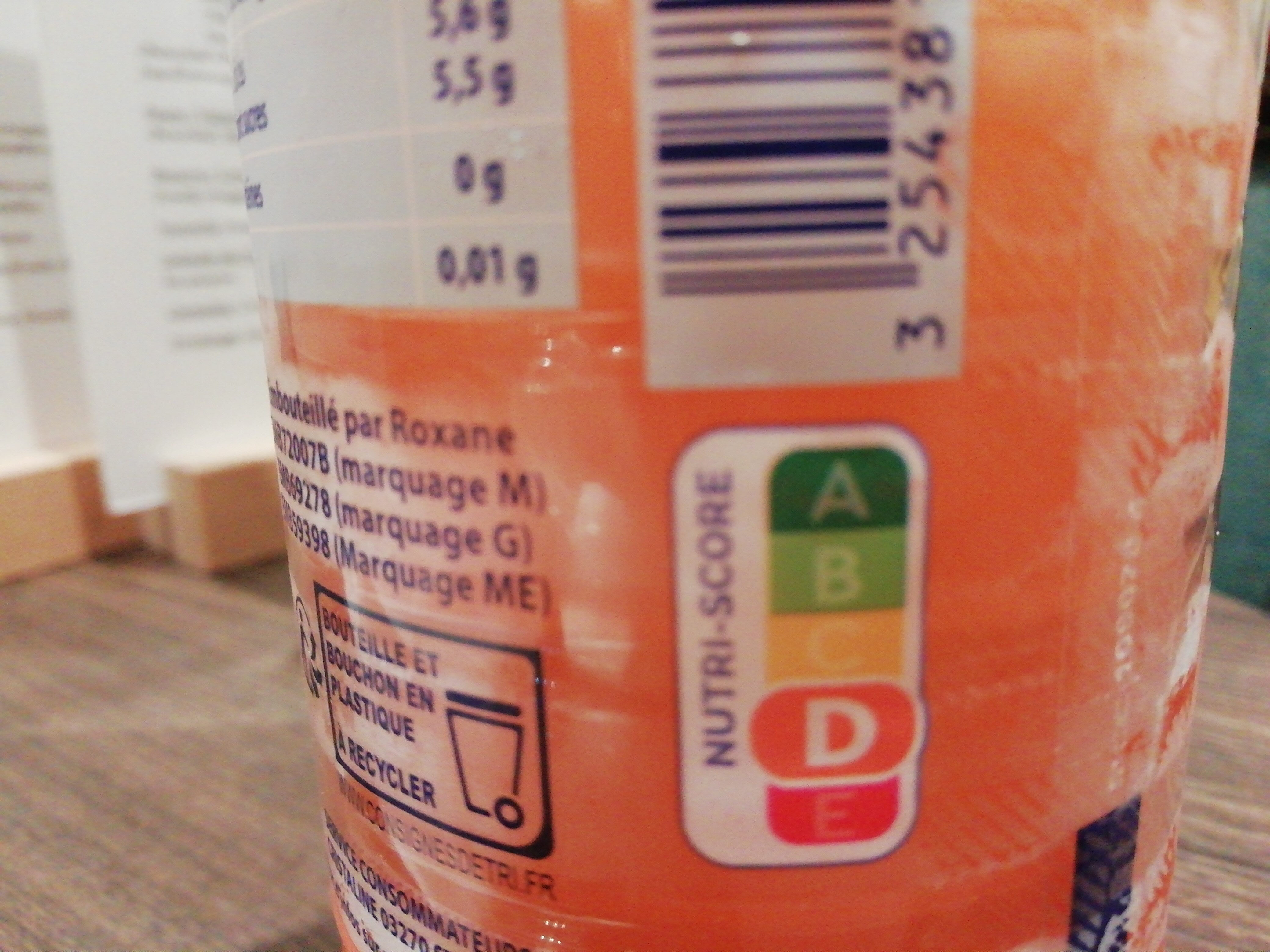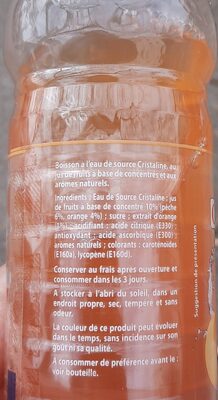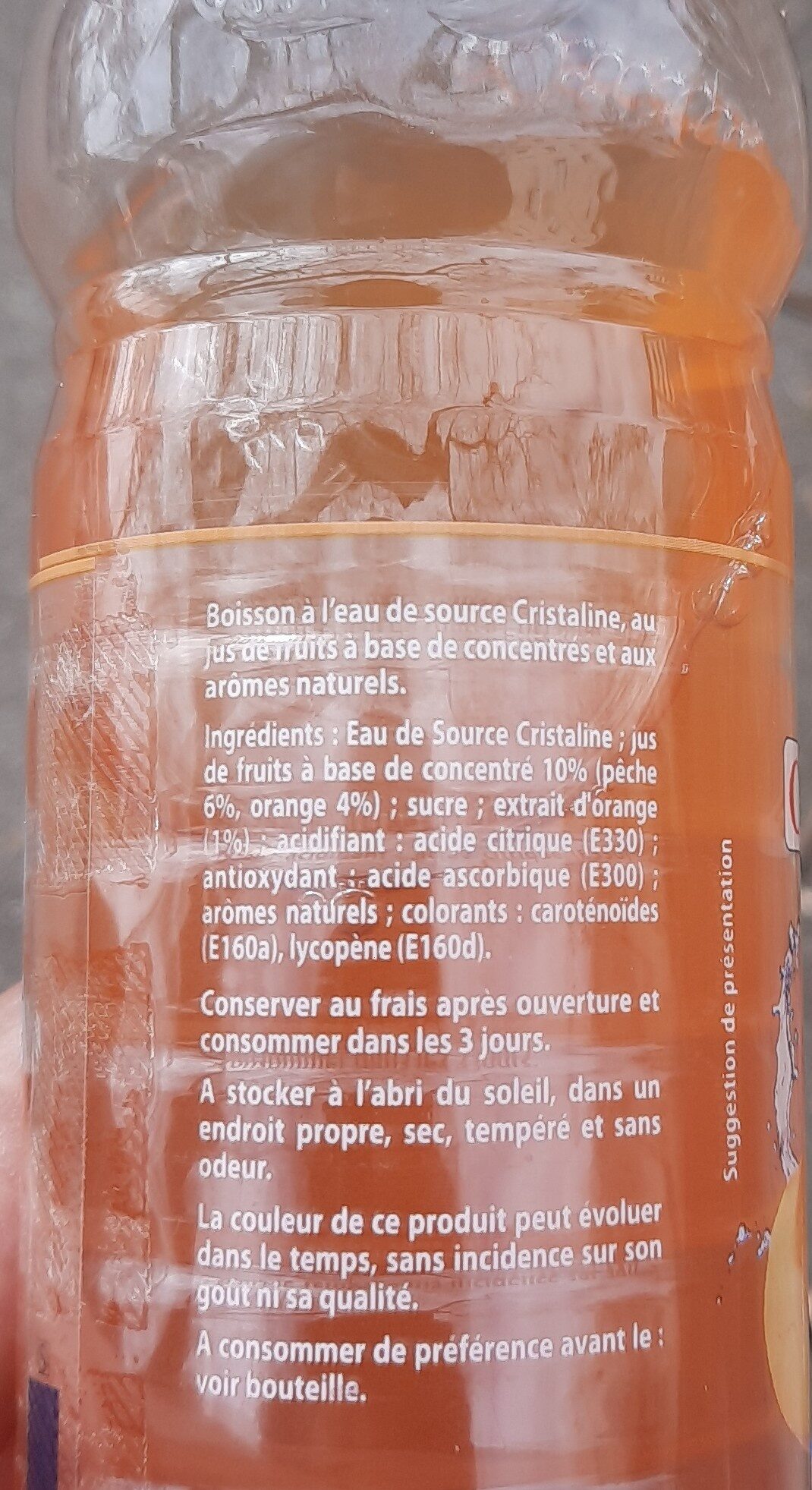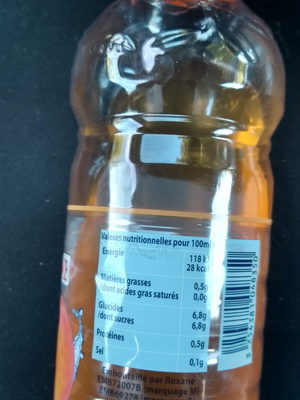Pêche - Cristaline - 1
This product page is not complete. You can help to complete it by editing it and adding more data from the photos we have, or by taking more photos using the app for Android or iPhone/iPad. Thank you!
×
Barcode: 3254381048350 (EAN / EAN-13)
Quantity: 1
Packaging: fr:Bouchon en plastique, fr:Bouteille en plastique
Brands: Cristaline
Categories: Plant-based foods and beverages, Beverages, Plant-based beverages, Fruit-based beverages, Aliments et boissons à base de végétaux Boissons Boissons à base de végétaux Boissons aux fruits Boissons sans alcool
Labels, certifications, awards: No preservatives, Nutriscore, Nutriscore Grade D
Traceability code: EMB 72007B - Ardenay-sur-Mérize (Sarthe, France), EMB 69278 - Genay (Rhône, France), EMB 59398 - Mérignies (Nord, France)
Matching with your preferences
Environment
Carbon footprint
Packaging
Transportation
Report a problem
Data sources
Product added on by openfoodfacts-contributors
Last edit of product page on by kiliweb.
Product page also edited by annelotte, danis1597, foodvisor, francoisepujol, gmlaa, halal-app-chakib, pepapipi64, roboto-app, scanbot, smoothie-app, tacite, yuka.R0xzRUwvUVlsTlpYb01GajBVN3A0NHhWbUx5TGNWcXhLOGczSVE9PQ, yuka.R1ljYUdwWXZodDFidmZJaTh4UDMvT2hOLzRDMlZqS0hCdFVjSVE9PQ, yuka.SDZzZFBva1B0dWNBcE1RY3AwbmVwdDl1bUlHcEFsbTVjTW9nSVE9PQ, yuka.SHBJaFRva0tsTU5haGYweDJoend3TXBvMTRXc2IyZUdHdWtLSVE9PQ, yuka.U0pBNEc2Y0dvNmdYZ1BJeTdpbmN4dGQxMzcyeVkzdnNkc0VOSWc9PQ, yuka.U29vS0ZQVUJqZDBEdi9jZDN3cktxK3BwMWNXYkRVUHNBdVpNSVE9PQ, yuka.UzVFNFFMaGQrZmxYbS9JajlEWEk1SW9wNmFIMEJXeWxOT2dQSWc9PQ, yuka.V3FzR0M1WllvOGtic01RaXd3M1IyZUpVbnNmd2MwK0xGL0lhSVE9PQ, yuka.Vy80ZlBvRmIvTklWd3NjQzBTK0Y5ZDF1OXI2SWJVYVdkN1U0SUE9PQ, yuka.WlpFTklZUUxwZWNZaWZBbHBqelQ4OEpaK0tPQ1YybWxMN3RLSVE9PQ, yuka.YVlRRkVxVW1qL2t3a3NjbDl4M1MwTkY3N29PbkFVV29FZkVRSWc9PQ, yuka.YXBnUUg0WWpqUElIdU1ObTJCbm8vNGhOL0wvMkIxSzJCK2tkSVE9PQ, yuka.YXFJQ0NMa2YrdGdQbC9kdTRUWDE1K3hMbHM2WURGNnBBdlFJSWc9PQ, yuka.YXFzc0dmc3grY2t0Z2NNVTl4amMxTXhhN29DRFhtYU5Lc01LSWc9PQ, yuka.YXJsUk42MEZsdmt6eFBCdXJ4aks0YzlJbHBLalhWdUxMdEVvSVE9PQ, yuka.ZTVzaENvRS9pUG9od05zbHBndk8yZkZhM0tiMmVscXdkL0ZNSUE9PQ, yuka.ZXJBRE1icFF1dGtVc2YxaitCakk4NEpZM0tDMlYwR2VPckFUSWc9PQ, yuka.Zll3SElyWUxsOUlqdVBRbDRBUEhwZUJUNEpLcGNWdVRJZVZNSVE9PQ.
